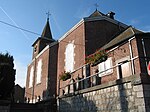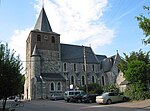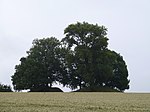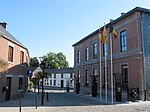Braives
Liège geography stubsMunicipalities of Liège Province
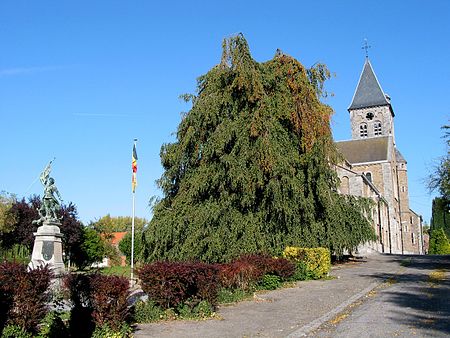
Braives (French pronunciation: [bʁɛv]; Walloon: Braive) is a municipality of Wallonia located in the province of Liège, Belgium. On January 1, 2006, Braives had a total population of 5,579. The total area is 44.00 km² which gives a population density of 127 inhabitants per km².The municipality consists of the following districts: Avennes, Braives, Ciplet, Fallais, Fumal, Latinne, Tourinne, and Ville-en-Hesbaye. There are also three hamlets: Hosdent in Latinne, Pitet in Fallais, and Foncourt in Fumal. Fallais is famous for its medieval castle and other tourist attractions including a water mill, a former wheelmakershop, the river Méhaigne and the Ravel cycling path.
Excerpt from the Wikipedia article Braives (License: CC BY-SA 3.0, Authors, Images).Braives
Chemin Lautia,
Geographical coordinates (GPS) Address Nearby Places Show on map
Geographical coordinates (GPS)
| Latitude | Longitude |
|---|---|
| N 50.633333333333 ° | E 5.15 ° |
Address
Chemin Lautia 17
4260
Liège, Belgium
Open on Google Maps

